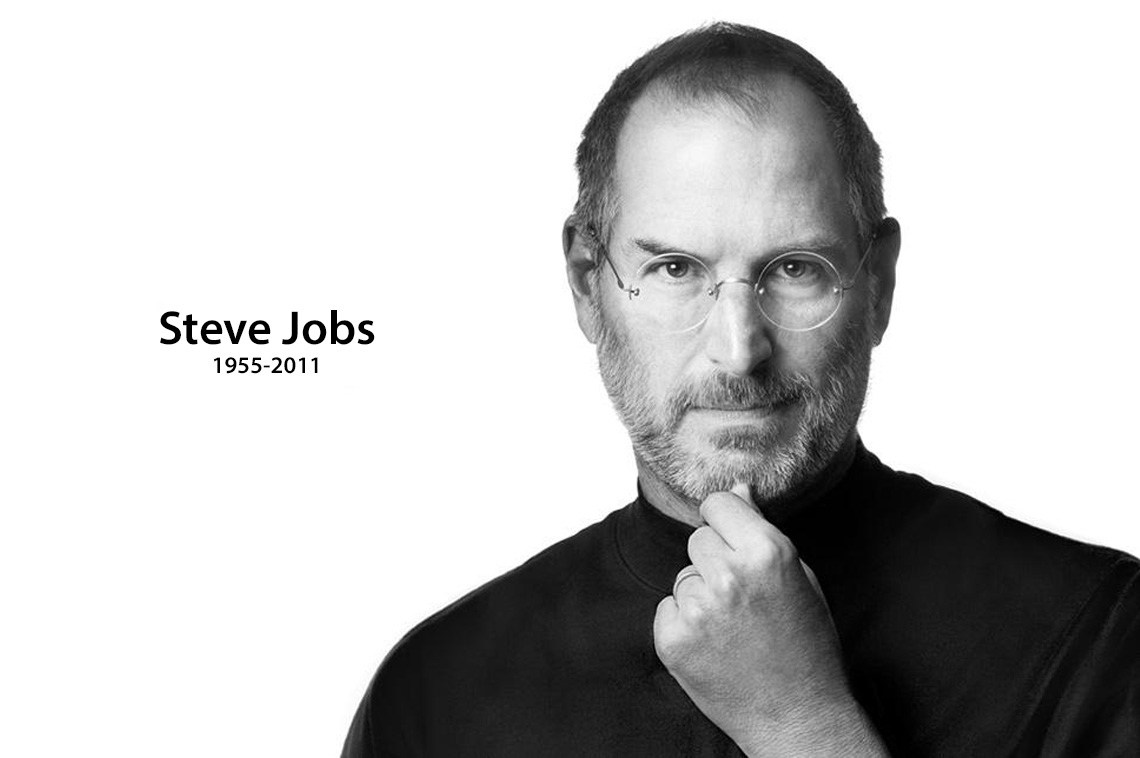I just came across this interview with Cliff Martinez. He is one of my favorite film score composers.
I’ve always had a strong interest in technology, computers and data. As a child, I would pour over volumes of the Encyclopædia Britannica, Rand McNally Road Atlas and the Farmers’ Almanac. I dreamt of being equal parts astronaut and aquanaut. Considering these early interests it’s no wonder that I eventually found myself in a career where I spend my days in front of a computer, building a better web experience.
As a young adult I found and cultivated a new passion — music. I started playing guitar when I was 15 years old and with teenage zeal began playing in bands long before I could competently handle the instrument. This was the early 90s and many of my musical icons instilled a sense of independence in me, a certain punk rock authenticity and DIY aesthetic. “Do It Yourself” and if you don’t know how, learn how. These being my formative years I suppose it ingrained a dogma principle that remains to this day.

Circa 1995 or 1996 I would have been around 21 or 22 years old, and to the best of my recollection, that was about the time of my first exposure to the internet (Email, Usenet and the World Wide Web). In the early days of the internet, or more specifically The Web, it was embraced by geeks and early adopters. Much of the content was preaching to a devout choir of fellow true believers and technologists. Among the early entrants to adopt the internet were musicians who saw it as an opportunity to expand their reach and potential fan base.
Throughout my years as a web professional, I’ve come across quite a few musicians-turned-web developers/designers; a shared commonality that is much higher than I would have expected. It seems that many of us were responsible for creating our band’s websites, logos and flyers on our own. It seems we all shared that same DIY aesthetic I mentioned earlier. We learned about streaming media, codecs, bit rates and bit depths so that we could convert and post our band’s music to the web (RealAudio anyone?). We were early adopters of social media as well (mp3.com, LiveJournal, MySpace). Many of us also had experiences with early web hosting communities and built web pages on services such as Geocities, Tripod and Angelfire. Perhaps also like the five parallel lines of a music staff, the Web offered a new multifaceted environment that acted both as a new medium to explore and showcase what we were already interested in. Music and the Web both represented a new freedom of expression.
Over the years, those who could and wanted to adapt and change with the times are still web professionals. There are many ways to get from Point A to Point B. Looking back at my digital origins and long-term as well as current peers, it’s apparent that many of us took that on-ramp to the web via our combined passion for music, technology and unregulated outlets coupled with a penchant for learning and a keen interest in embracing the new. I’m grateful that my journey from that A to my current B has been a circuitous one and I look forward to many more exciting and challenging signposts yet to come along this chosen road.
[This article was originally published via the Herring Design website.]
Video from a Jessica Hische talk that I bought a ticket for but got to busy to actually attend. :(

This week has seen an event that everyone that pays attention to these sorts of things knew would eventually come to pass. Steve Jobs, who has suffered from medical problems for the past few years, has resigned his position as CEO of Apple, Inc. As my small homage to one of the most inspirational figures of my/our time, I present this video of a speech Steve gave at a Stanford commencement ceremony a few years ago. The key take away, “Stay hungry, stay foolish”. Words to live by…
In a move that harkens back to the proliferation of Facebook’s Like button, Google has introduced “+1”. An attempt to utilize your Google social graph to help inform search results and advertisements. Click the graphic above for information and a video.
With much talk on the interwebs about how to stay atop the mountain of messages clogging our inboxes — Inbox zero, email bankruptcy, etc — it’s good to see Google taking some proactive steps towards making that most arduous of tasks a bit more manageable. Enter Gmail Priority Inbox:
I’ve been using a system somewhat similar to this using the Google Labs feature Multiple Inboxes and having a second inbox configured to display starred messages, but Google’s solution sounds simpler and more effective. I’ve not had and opportunity to try out this functionality yet, but I’m eager to see if it makes a noticeable difference in my email productivity.